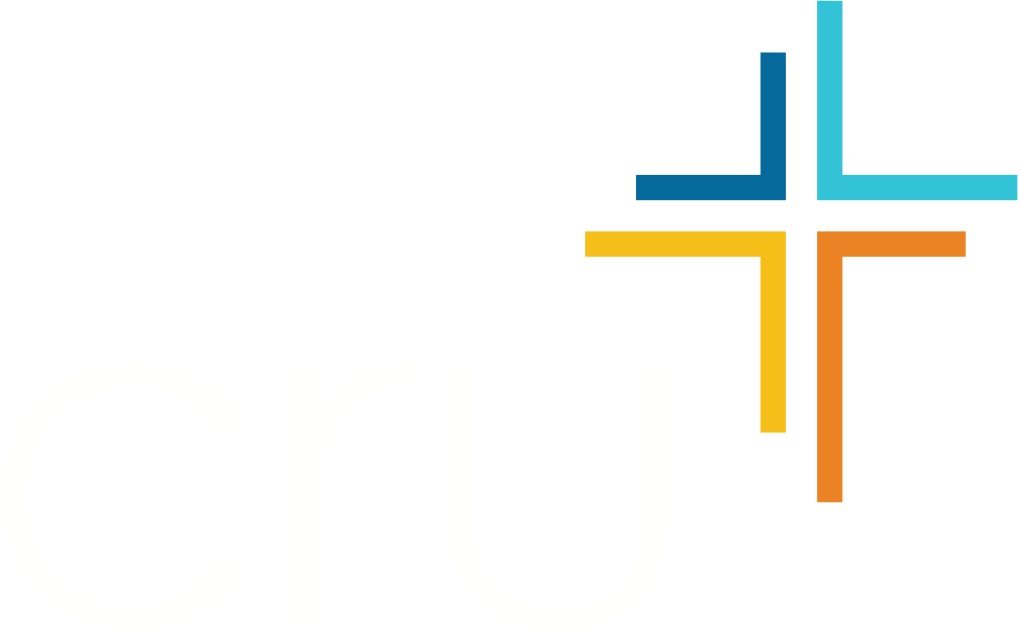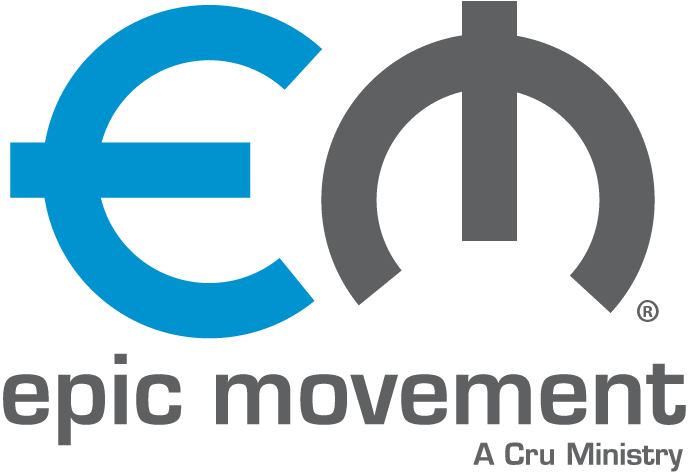
I remember meeting a gentleman during my initial MPD as a new staff with Epic. He had wild curly hair like Dr. Emmett Brown (Christopher Lloyd) from Back to the Future. Except his was a dark brown, rather than a faded white. As I interacted with his children, I noticed a pull up bar and that his three boys (probably aged 7, 9, 11 at the time) were taking turns doing reps of 5, 10, 15. I eventually came to find out that each of the children and the father himself, all had annual goals on the number of pull ups they would do. 10,000 for the father; 8,000 for the eldest, 5,000 for the middle child and 2,500 for the youngest.
I asked them how they were coming along with that goal and how they stayed motivated. Their answer was simple yet naturally profound, “We do it together, every day. Plus, the bar is in the door frame of our bedroom, so we see it every time we walk in and out of the room.”
Though TJ and I didn’t get a new financial partner from that appointment, I did get a very profound sense of what goal setting looked like and how it could radically change you and others around you.
I’ve had a bit of a love-hate relationship with the Position Focus over the years. I scoffed at it in my youth because I would literally only see it once or twice a year (that’s counting the time I wrote it and another when my coach went over it with me). That completely changed when my current coach would make this our “agenda” whenever we met every 2-3 weeks. Now I was forced to look at it at least twice a month.
What I learned was that an effective Position Focus was really just about keeping it “on my door frame” so I would see it regularly. And knowing that my coach was going to do it with me, made a significant difference too.
So what does this have to do with me as a trainer/supervisor/coach?
Remember the Position Focus is about them, not you. Not your agenda, not your strategic plan, not your goals or vision. Though sometimes those things can and do align, this is really about them. And that’s the same mindset you carry into your coaching appointments, “This is about them and how you can help.”
So with that, here are some helpful tips on that:
- MAKE IT YOUR “AGENDA” FOR EVERY COACHING TIME
- This actually makes your life significantly easier as a coach. The hardest part is figuring out what to talk about, what to go through during your time. With this, your agenda is pre-set every single time.
- HELP THEM THINK BIGGER AND HIGHER
- The most common “mistake” I see in someone’s Position Focus is the tendency to write down things that are part of their normal weekly rhythms (Lead Bible Study, Disciple Students, Help with Outreach). These are simply a list of things they do. They are not goals. It’s better to create a new category like “Key Priority Responsibilities (Ongoing Responsibilities)” and list them there.
- Elevate their focus to something higher and bigger. So instead of “Lead Bible Study”, guide them towards something like, “Build Spiritual Movements at USC.” The Bible Study will be a component of achieving that, but their eyes must be set on the bigger vision.
- MAKE IT MEASURABLE
- Another common “mistake” I see are the generalities that are listed as goals. “Do pull ups” or “Do more pull ups” is not a measurable goal. The question to ask here is, “How will you know you’ve achieved this?” “Do 10,000 pull ups” is measurable. I know I’ve hit that goal when I’ve done 10,000 pull ups. There’s no wiggle room there.
- An example from my Position Focus: “Develop my Coaches so I’m no longer needed in my role.” To measure the development, my goal is to have 1-on-1 check ins with each of them at least 1x/month and do a group call 1x/month. That’s how I’ll know I’m moving towards my goal of making myself obsolete and that’s how my trainer will know if I’m making progress or not.
- It also helps to keep these realistic but just stretching enough to be a challenge.
- HELP THEM PICK SOMETHING FUN FOR THEMSELVES
- Some Position Foci that I’ve come across are very work heavy, with little to no items for personal growth.
- I’ve found that people are more motivated to work through their Position Focus if there’s something they’re excited about in there too. Help them think of something fun they’d like to accomplish this year.
- Help them write something non-ministry, non-work related. (e.g. Learn the violin, take up rock climbing, run a marathon, read 100 books, bake a cake every month, learn a new language.)
- REMEMBER, IT’S ABOUT THEM
- I’m always excited about my coaching calls because I know the next 30 minutes of my life, I’ll have Tom Virtue help me through whatever it is I’m stuck on. The whole call is just Tom helping me. And that’s how you need to structure your meetings; it’s all about them.
- Keep the calls light, and judgement free. You’re not there to berate them if they’re behind. You’re their as their cheerleader and advocate. You’re there to help.
- FINALLY, KEEP ASKING QUESTIONS
- 90% of my calls don’t actually involve Tom giving me an answer. It’s usually just him asking me some questions to figure out the answer for myself. Be like Tom. Ask questions
- Here’s a resource of questions that you should ask some variation of at every single meeting you have:
- What’s on your mind? A brilliantly simple way to open up a one-on-one conversation, invite people to share, and get at what is most important in the moment
- And what else? Three little words that open up possibilities, insights, and increased self-awareness
- What’s the real challenge here for you? The question that slows down the rush to find the first answer instead of solving the real problem
- What do you want? Taking the time to discover the need and the desired outcome that makes charting the journey easier
- How can I help? Insisting on a clear direct request that you as a leader can respond to
- What will you say no to if you’re truly saying yes to this? Life is about choices. This question identifies the tough trade-offs.
- What was most useful for you? Gathering feedback and extracting value from the conversation
As you think through your next coaching call with someone you’re supervising, what from here will you try? How will these steps help you as a coach, trainer, supervisor? (See what I’m doing?)
Side note – Remember that family with the pull-up bar? I was so inspired by them than I actually put 10,000 pull-ups on my position focus one year. And yes, I crossed the 10k mark on December 27th that year!

